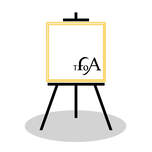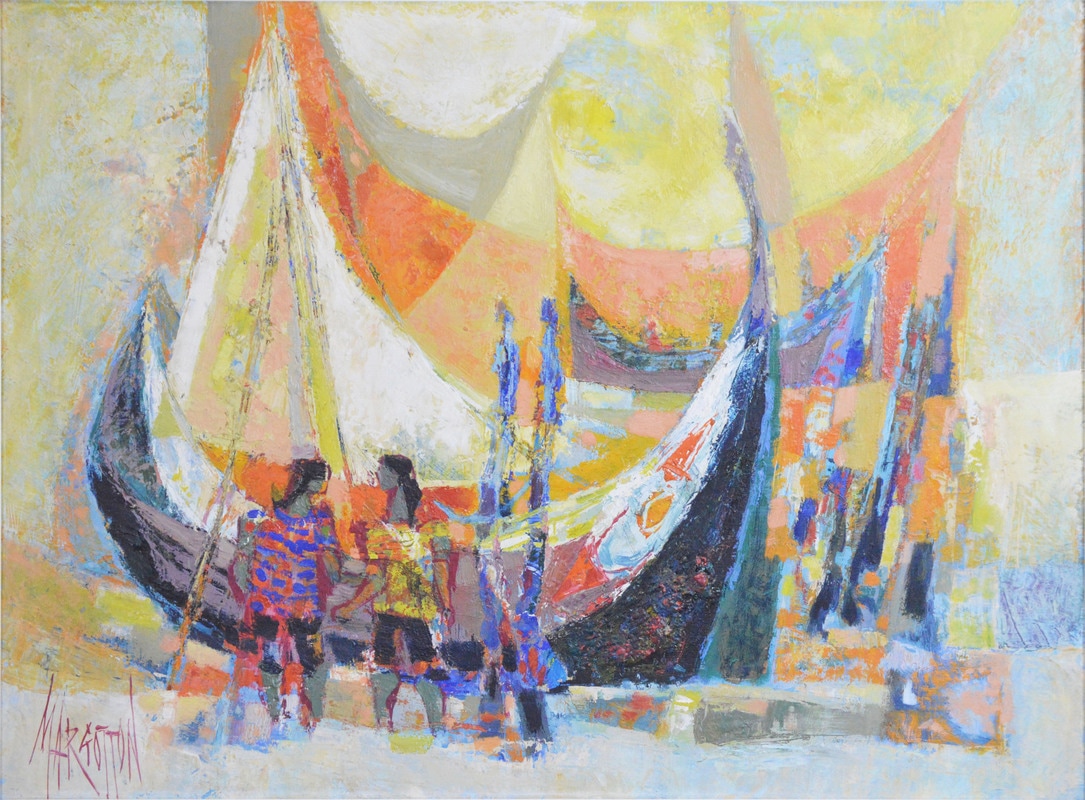René Margotton
Biography
Rene Margotton studied at the École nationale supérieure des beaux-arts of Paris and later with Fernand Léger, friend of Maurice Utrillo and Bernard Buffet. He has studied extensively in Paris at the salon de l'Art Libre, Salon des Independants, Salon de Printemps, Salon de l'Ecole Francaise, Salon de la Nationale des Beau-Arts, and Salon "Les Grands et les Jeunes d'Aujourd' hui." He participated in a show of French Masters in Rome. He also exhibited with the French Young Painters in Geneva, Brussels, Finland, Germany, Canada, London and Denmark. He was awarded the Medal of Honor at the Marine Exhibition of Musée national de la Marine in 1959, the Grand Prix of the city of Sarreguemines in 1959, the Grand Prix of “Echo de la Finance," and the Grand Prix of the Palette Francaise. His work is represented in the collections museum of the cities of Paris, Narbonne, Montpellier and Sarreguemines. His paintings can be found in many prominent private collections throughout the United States and Europe, including that of the Swiss Consulate in Paris. He King of Cambodia purchased two paintings by Margotton for his country’s Modern Museum.
His Technique:
Although ,Margotton used watercolours early on in his career, he later experimented with oils and continued to work almost exclusively in that medium. He often conceived his work according to the rigorous laws of composition, using an almost architectural foundation of solidly constructed volumes. Margotton’s paintings, largely landscapes and figurative subjects, are simple and direct at first glance. A closer look, however, reveals his tendency to render the concrete abstract, and to formulate a symbolic, even metaphysical myth from that which is real and present. With powerful expression and vibrant colour, Margotton combines a vigour and vitality which demonstrates not only his strong understanding o the relationship between form and colour, but also his physical and spiritual expression of life and the visual world.
His Technique:
Although ,Margotton used watercolours early on in his career, he later experimented with oils and continued to work almost exclusively in that medium. He often conceived his work according to the rigorous laws of composition, using an almost architectural foundation of solidly constructed volumes. Margotton’s paintings, largely landscapes and figurative subjects, are simple and direct at first glance. A closer look, however, reveals his tendency to render the concrete abstract, and to formulate a symbolic, even metaphysical myth from that which is real and present. With powerful expression and vibrant colour, Margotton combines a vigour and vitality which demonstrates not only his strong understanding o the relationship between form and colour, but also his physical and spiritual expression of life and the visual world.

